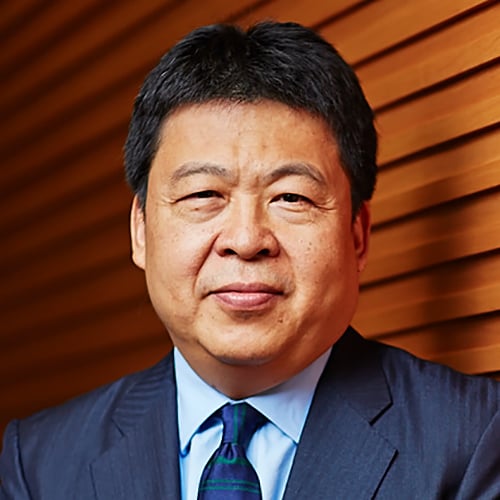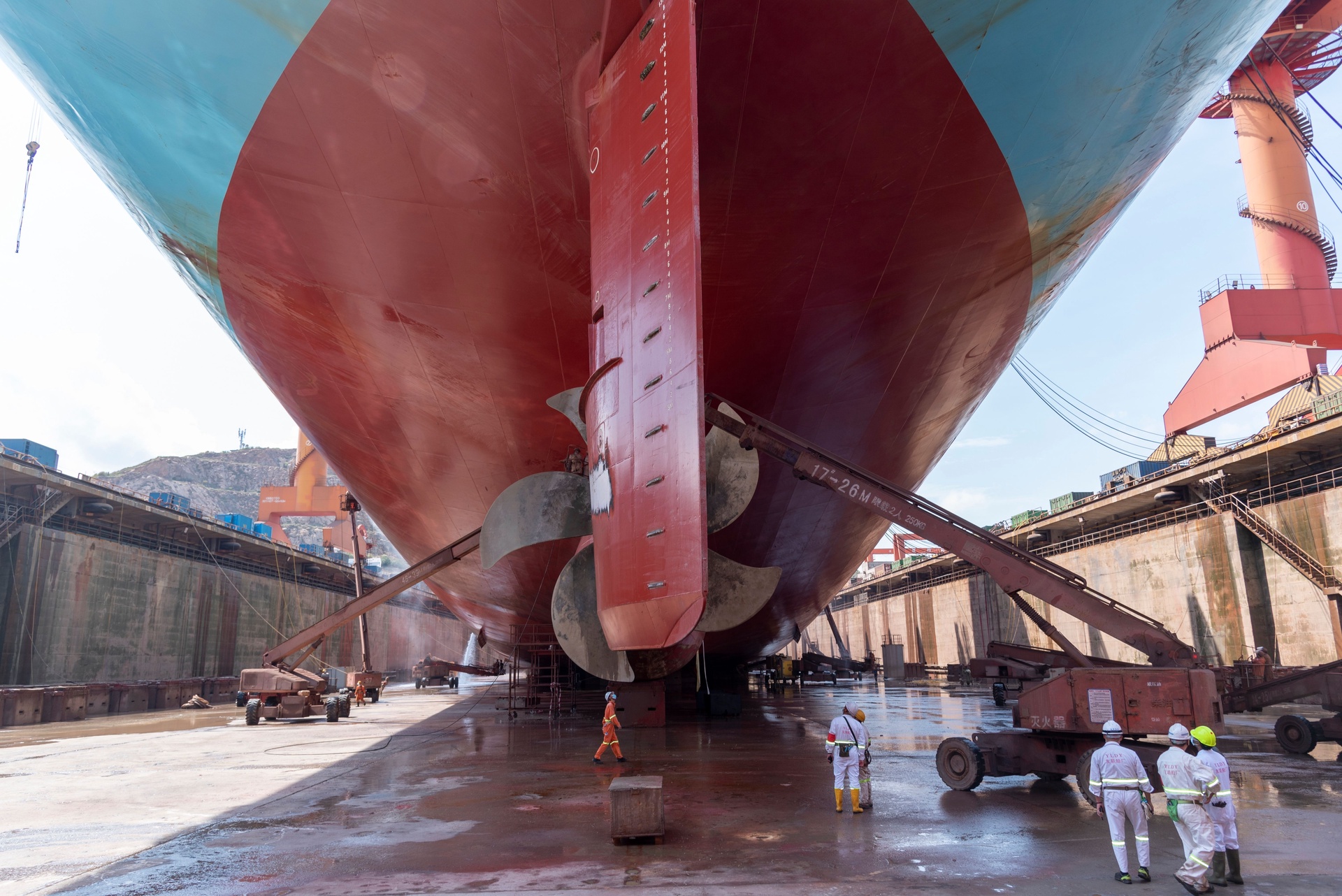Traditionally focused on investing in “core assets” such as government bonds and large-cap equity many institutional investors such as insurance companies and pension funds have been recently looking at alternative ways to seek greater risk-adjusted returns on their investments. One way is through infrastructure projects.
Just this August, London Mayor Boris Johnson announced plans to combine local pension funds with a British sovereign-wealth fund to form a US$100 billion “citizen’s wealth fund” an investment vehicle focusing on non-traditional investments.
In Asia-Pacific, Australian institutional investors have led the way in infrastructure investment. According to information from data provider Preqin, 13 out of 25 top Asia-Pacific institutional investors (based on asset allocation) are from Australia. Together, these 25 institutions have US$89 billion invested in infrastructure representing 82% of the total capital allocated to the asset class by investors in Asia-Pacific.
AustralianSuper one of Australia’s largest pension funds has around 10% of its total assets in infrastructure. The fund’s infrastructure portfolio ranges from Australian airports to communication towers in the United Kingdom. Though most of the fund’s infrastructure investments are primarily in OECD (Organization for Economic Co-operation and Development) countries, it potentially could start looking at infrastructure investments in the ASEAN region if investment yields remain low in the marketplace.
CalPERS (The California Public Employees’ Retirement System) one of the largest pension funds in the world for example this May announced that it would work with Australian-based alternatives firm QIC in investing US$1 billion in Asia-Pacific infrastructure assets across all sectors. Globally the pension fund has currently around US$2.1 billion in assets in its international infrastructure program.
“We believe institutions like CalPERS are focused on the long-term prospects of Asia,” says Simon Cheung a partner at QIC. “Institutional investors are increasingly looking at emerging markets due to investor’s desire to look for broader exposure to global infrastructure. People who want to invest in the sector are looking for different ways to get the infrastructure exposure. And some are seeing emerging markets as providing attractive risk adjusted returns for them.”
Insurance companies are also looking at Asian infrastructure investments as well. Sun Life Financial of the Philippines (SLOCPI) in particular is looking at getting more exposure in domestic projects. “As investors we definitely will be interested in participating in these deals,” states Michael Enriquez, CIO of Sun Life Financial in the Philippines. “It should be ideal for insurance companies to be natural funders of these long-dated projects.” The company is one of largest insurers in the Philippines with around half a million policyholders.
Stressing the challenges of finding yield in a low interest market environment, Enriquez has been keen to gain experience infrastructure space. “We locally don’t have much resources to really dive into these projects. We also don’t have the experience yet of analyzing the credit worthiness of a power plant or a toll road,” he says.
While they currently don’t have any infrastructure exposure, SLOCPI would ideally like allocate 20% of their portfolio towards domestic infrastructure projects as they develop a solid track record. “Probably down the road we would go for regional infrastructure investments, but we would need more funding in the Philippines and since all our liabilities are in Philippine Pesos we would naturally be funding peso denominated assets,” explains Enriquez. “Going regional would add FX risk on our side. I think the priority would be helping the country.”
Aiming to bridge the gap
The potential institutional interest in Asian infrastructure comes at a time where developing nations in the region are seeking to maintain the growth of their respective economies via the development of roads, airports, hospitals etc. According to data from the Asian Development Bank (ADB) Asia needs around US$800 billion per annum in the next decade to sustain its growth. “The infrastructure financing requirements are huge and unlikely to be met by a single source,” explains Jin Cyhn, principal economist Southeast Asia Department at the ADB. “Thus, it is imperative that government, donor agencies such as the ADB, AIF as well as other, along with the private sector, work together to address this gap.”
ADB ASEAN data shows, Indonesia needs the most infrastructure funding from 2010-2020, requiring US$450 billion. It’s followed by Malaysia and the Philippines which will need US$188.1 billion and US$127 billion respectfully. In speech at the ADB’s annual meeting in May president Takehiko Nakao empathized that “the public sector alone cannot bridge the region’s huge infrastructure financing gaps.” He continued by saying that “much larger investments from the private sector are needed.”
Recently investing in several projects from Indonesia to Vietnam, the ADB’s ASEAN infrastructure fund has played a key role modernizing projects in the region. Loans to transport infrastructure for example accounted for more than a quarter of the fund’s investments. Around US$805 million was committed for railway projects in the region.
Though the fund has been successful in stimulating infrastructure development it isn’t enough to satisfy Asia’s needs. “We believe that there is more work to be done; many of these investments are concentrated in a small number of countries,” notes Cyhn. “ADB’s role is not only in direct financing, but also through supporting the development of enabling environment for the private sector.” However, what seems to holding back some of these institutional investor players?
For Enriquez it involves first developing a solid domestic track record with these projects, “number one issue about investing in these projects however would be the construction risk and second would be the operations and management risk. It’s constantly a dialogue between us and project proponents” he comments. We are looking at power plants in general because that is the major need right now in the country. We need sustainable power, especially in the south of the Philippines.”
Cheung believes that it’s just a matter time before more institutional players become comfortable with Asian emerging markets. “In the medium-term, Asia will become increasingly important. Institutions are looking for projects that return long-term stable cash flow that is possibly correlated for economic development,” he says.
There is clearly a need for infrastructure investments in the region. From aging airports to congested old roadways, Asia needs to step up its infrastructure focus if it’s aiming to maintain its growth story. Institutional investors have been scrambling for yield in this low interest market and if project sponsors can demonstrate that they can fill this yield vacuum then private inflows will start increasing into their projects. The Korean-based National Pension Service’s recently increased its alternatives portfolio (which consists of real estate, infrastructure and private equity) to 9.9% in 2014 and returned a portfolio high of 12.3%, more than double the returns from its domestic fixed income portfolio.









